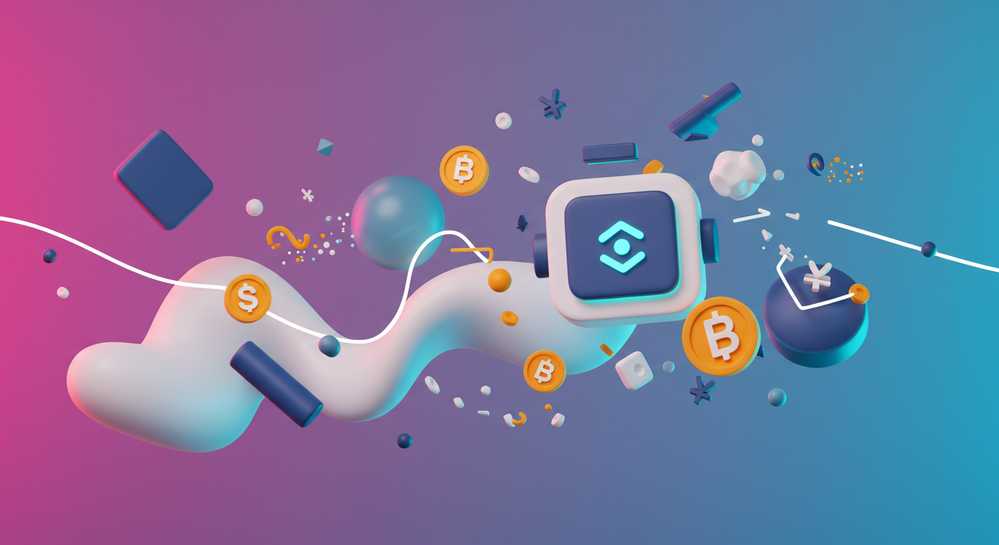The allure of automated trading is undeniable, promising efficiency and emotion-free execution in the fast-paced financial markets. Many traders are keen to leverage technology, leading to a common query: can a trading 212 bot revolutionize their investment strategy? This guide delves into the realities of integrating automated solutions with the Trading 212 platform, addressing capabilities, limitations, and the crucial factors you need to consider before venturing into algorithmic trading.
Contents
The Evolution of Trading Bots and Algorithmic Strategies

Trading bots represent a significant leap in financial technology. They transform how individuals and institutions participate in markets. These sophisticated software programs execute trades based on pre-defined algorithms, market indicators, and real-time data. Their primary appeal is 24/7 operation without human intervention. Bots remove emotional biases and execute trades at speeds impossible for manual traders. Core functionality includes identifying profitable opportunities, managing risk, and optimizing trade execution within milliseconds. This automation allows rigorous backtesting of strategies against historical data, providing insights before live deployment.
Broker Compatibility for Advanced Trading Bots
The evolution of trading bots increasingly demands seamless platform integration. Advanced algorithmic strategies rely on direct market access and execution APIs. However, platforms like Trading 212 typically do not offer an official API for external bot connectivity. This means a direct trading 212 bot solution is generally unavailable. Traders must consider these broker-specific limitations. Deploying sophisticated third-party automation software becomes impractical without such access, guiding users toward platforms built for algorithmic trading.
Decoding Trading 212: Platform Compatibility and Bot Integration

For traders eyeing automated solutions, understanding a broker’s compatibility is key. The question of a Trading 212 bot often arises from the desire to automate strategies on a familiar platform. Trading 212 primarily caters to retail investors with an intuitive interface for manual trading and investment. Crucially, Trading 212 does not officially support or provide an application programming interface (API) for third-party trading bots to directly integrate and execute trades. This means users cannot typically connect external algorithmic trading software or custom bots to their Trading 212 accounts in an officially sanctioned manner. Their focus remains on empowering users through direct access to various financial instruments via their proprietary platform, rather than facilitating external automated trading systems.
Understanding Trading 212’s Approach to Automation
Trading 212’s platform design prioritizes user-friendly manual engagement. This strategic choice means direct API access for automated trading is not a feature. Consequently, traders seeking to deploy complex undefined must consider alternative brokers. The platform aims to simplify investing for individuals, focusing on direct interaction with markets. This approach ensures a controlled environment, but limits advanced automated execution. Users should align their automation needs with broker capabilities.

The absence of official support for a undefined often pushes some traders towards unofficial, third-party solutions. However, engaging with such tools carries significant risks that every trader must thoroughly consider. Firstly, using unauthorized bots can violate Trading 212’s terms and conditions. This could potentially lead to account suspension or even permanent closure. Prioritizing account security and strict adherence to platform policies is paramount to protect your investments.
Security Risks of Unofficial Trading Automation
These unofficial bots frequently pose severe security threats. They often demand access to sensitive account information, making users vulnerable to data breaches or financial fraud. Furthermore, such tools lack regulatory oversight and proper auditing. This means their performance can be highly unreliable, leading to unexpected and substantial financial losses. Traders must exercise extreme caution when considering any non-sanctioned automation for their accounts.
Strategic Alternatives for Automated and Efficient Trading
Given the limitations regarding a direct Trading 212 bot, traders looking for automation have several viable and secure alternatives. Many specialized brokerage platforms are specifically designed for algorithmic trading. They offer robust APIs, dedicated infrastructure, and extensive support for custom bots and automated strategies. These platforms often come with advanced backtesting tools and a community for strategy development. The key is to choose solutions that are both effective and officially sanctioned, avoiding the pitfalls of unofficial Trading 212 bot attempts.
Exploring Secure Automation Options
Another option is social trading or copy trading. Users can automatically replicate the trades of experienced investors, providing a form of indirect automation. Alternatively, focusing on developing a disciplined manual trading strategy combined with comprehensive market analysis can also lead to highly efficient and profitable outcomes. This approach avoids the risks associated with unsupported bots. Diversifying strategies and platforms ensures adaptability in the dynamic market landscape.
Understanding the landscape of automated trading, especially concerning platforms like Trading 212, is crucial for any investor. While the direct integration of a Trading 212 bot may not be straightforward, the world of algorithmic trading offers numerous legitimate avenues for automation. Prioritizing security, compliance, and proven strategies is paramount. For those seeking advanced, secure, and reliable automated trading solutions, exploring dedicated platforms and expert-crafted bots is the next logical step. Empower your trading journey with intelligent automation today by visiting Best Sol Trading Bot.
